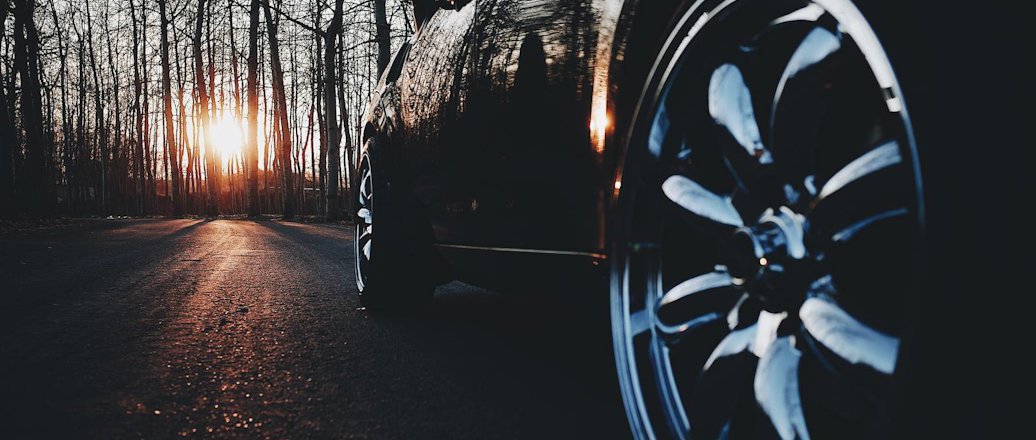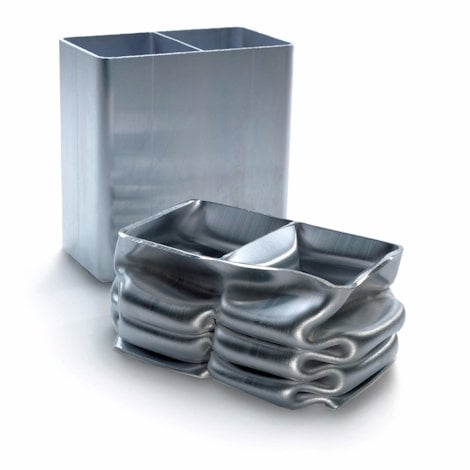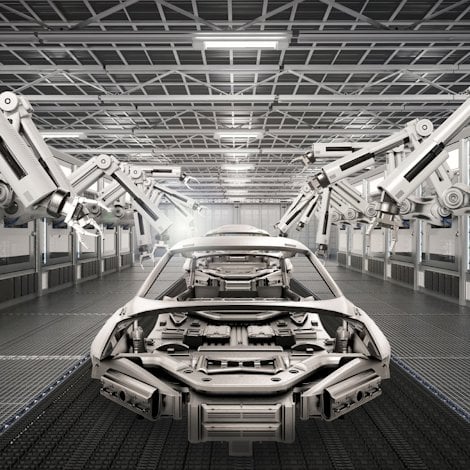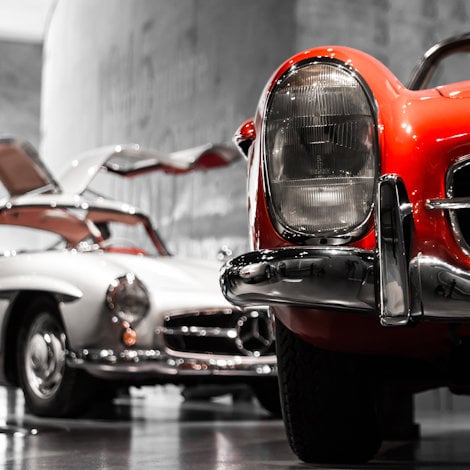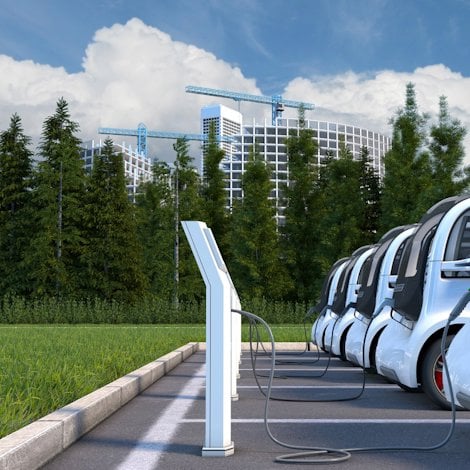Why carmakers need new aluminium alloys
By adjusting the physical characteristics of aluminium, we are giving carmakers the ability to choose the alloys that are optimized for the solution required, the application and its function. High-strength alloys are the priority today.
Original equipment manufacturers (OEMs) are pushing for lighter cars with improved occupant safety and crash performance. They can achieve this by changing to lightweight materials such as aluminium instead of steel, and by using less material, what we call down-gauging. Since higher performance is required when down-gauging, however, the materials used have to become more advanced. In terms of crash, the materials need to be able to withstand severe deformation without losing the ability to absorb energy.
Crash deformation behavior
High-strength aluminium alloys are being specified for structural applications that have elevated strength requirements, like bumper systems, longitudinals and side sills. Material suppliers need to develop their product to meet this challenge. This means higher strength and continued excellence in crash deformation behavior.
The most commonly used aluminium alloys in car manufacturing are in the 6000-series family. We also see 7000-series alloys to a certain extent. The 6000-series is alloyed with silicon and magnesium, while 7000-series alloys are alloyed with zinc and magnesium. In general, the 7000-series provides higher strength possibilities, but these alloys have a downside, too. They include production challenges driving costs, thermal stability reducing strength, susceptibility to stress corrosion cracking, and scrap segregation when recycling.
We are working on qualifying 6000-series alloys that can achieve similar yield strengths as those in the 7000 series.
Yield and tensile strength
OEMs have defined strength classes for yield and tensile strength. These can be summarized as low-strength, mid-strength, high-strength and ultra-high-strength. The higher the strength class and performance level, the higher the process and alloy complexity.
The objective for OEMs is to find the right class and design for each component that match their demands in strength and energy absorption, trading the potential gain in down-gauging for price when stepping from one strength class to another. The objective for suppliers is to find the right alloy and process for the respective class and component.
Ductile crash alloys
We are developing new 6000-series alloys through careful microstructure design and process control. These are ductile crash alloys, for applications where ductility and high strength are required for superior deformation behavior compared to standard alloys, and high and ultra-high strength alloys for applications where the strength is in focus.
By adjusting the physical characteristics of the metal, we are giving carmakers the ability to choose the aluminium alloys that are optimized for the solution required, the application and its function.

